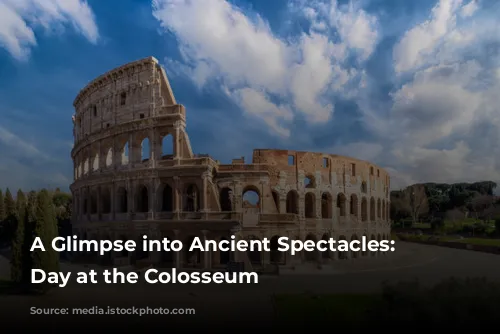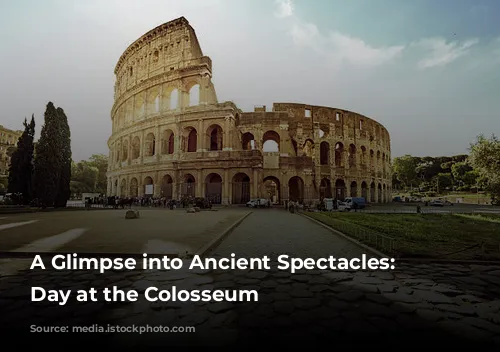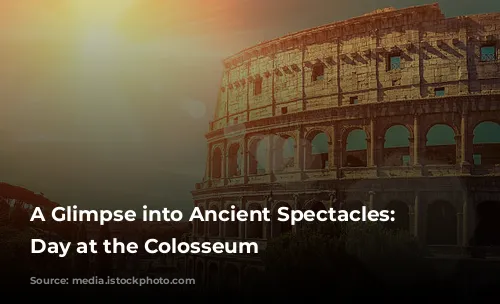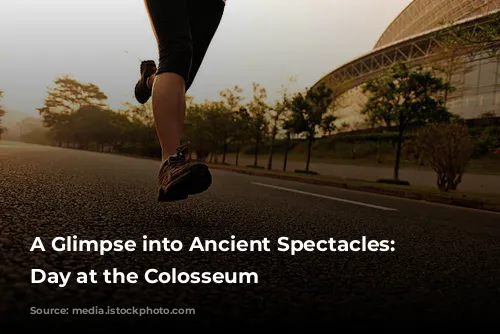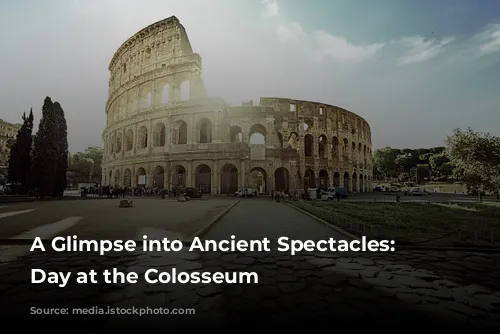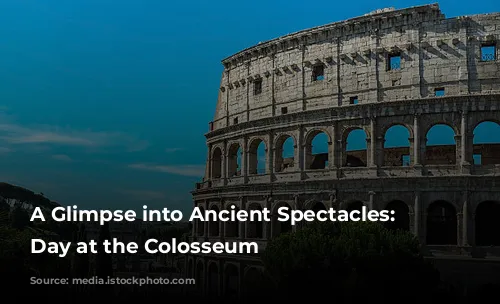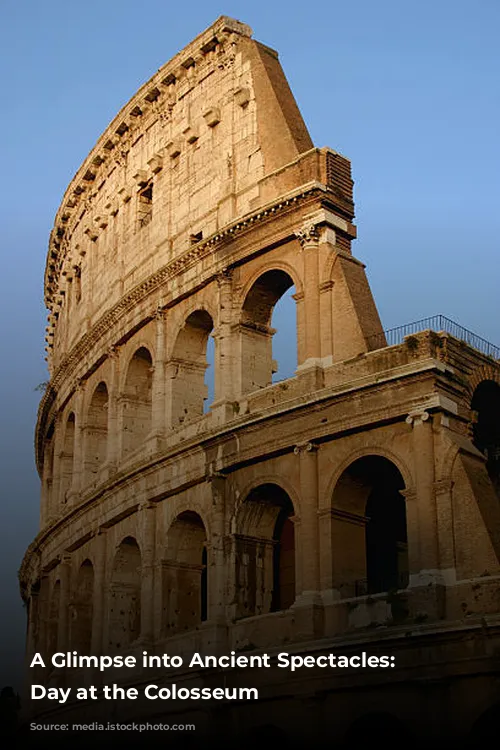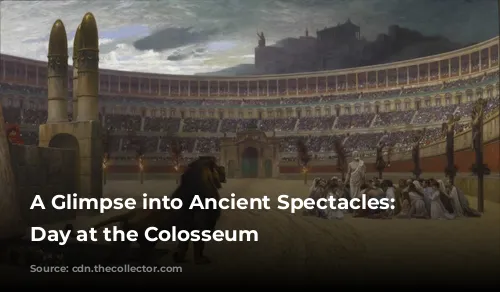Imagine yourself transported back in time to the heart of ancient Rome, standing in the awe-inspiring Colosseum. The air buzzes with anticipation, a sea of faces eagerly awaiting the day’s entertainment. This is a day at the Amphiteatrum Flavium, a day of gladiator fights, animal hunts, and public executions. Let’s delve into this fascinating spectacle, step by step.
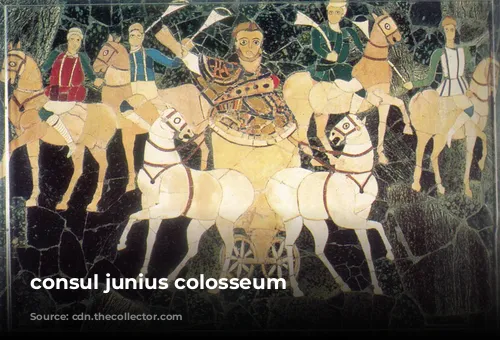
The Grand Procession: The Pompa Circenses
Before the main event, a grand procession, known as the Pompa, wound its way through the Colosseum, setting the stage for the day’s entertainment. Think of it as a parade, a vibrant display of pomp and circumstance. Led by young nobles on horseback, the Pompa showcased a diverse array of performers. Young boys, future soldiers, marched in step, followed by athletes and charioteers, their strength and skill on display.
The air vibrated with music, provided by dancers playing the auloi (a type of flute) and the lyre. Dressed as Greek pyrrhics, they danced with a captivating blend of grace and power. The procession concluded with a spectacle of golden bowls and perfumes, carried by attendants, and statues of gods carried on litters, a testament to the Roman faith.
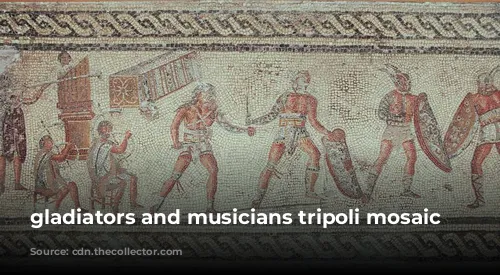
The Thrill of the Hunt: The Venationes
Next came the Venationes, a display of raw power and courage. This involved animal fights – either beast against beast, or man against beast. The men who faced these fearsome creatures were often condemned criminals, captives, or professional hunters.
The Venationes showcased a diverse array of exotic animals, from bears and bulls to lions, crocodiles, and panthers, all carefully trained for battle. These spectacles were a testament to Roman power and their ability to bring the rarest of creatures from the furthest corners of the world.
However, the Romans held a deep respect for the wolf, considering it sacred. Wolves were never harmed or displayed in the Venationes, highlighting their unique place in Roman culture.
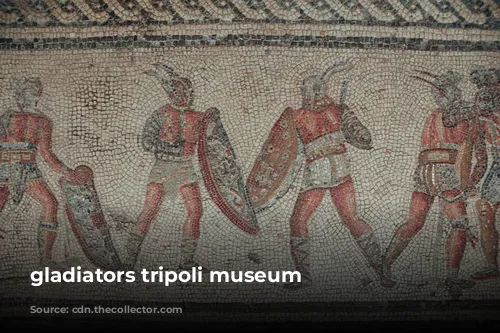
The Midday Spectacle: The Ludi Meridiani
As the midday sun reached its zenith, the Ludi Meridiani, or midday executions, commenced. This grim spectacle served as a public display of Roman authority and power over life and death. Condemned criminals and even Christians were brutally executed, a stark reminder of the consequences of transgressing Roman law.
The practice of Damnatio ad Bestias, the killing of criminals with the use of wild animals, gained immense popularity during the Imperial era. Roman mosaics depict a chilling variety of execution methods, showcasing the Romans’ creativity in devising brutal punishments. The condemned, stripped of their dignity and defenses, were thrown into the arena to face the wrath of powerful predators.
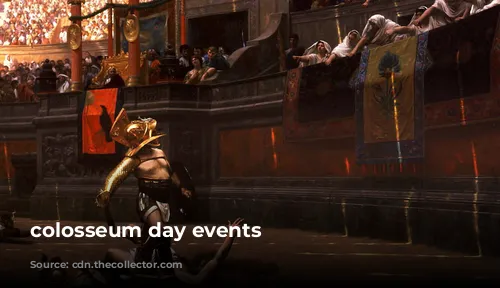
The Gory Glory: The Munera Gladitoria
Finally, the pinnacle of the day’s entertainment, the Munera, or gladiator games, took center stage. Two gladiators, armed and armored according to their skill and style, faced each other in a dramatic display of swordsmanship and fighting prowess. The objective was not simply to fight but to create a captivating spectacle, a suspenseful duel that kept the audience on the edge of their seats.
The gladiator institution evolved over time, from prisoners of war to highly trained professionals, each specializing in specific techniques and weapons. These gladiators, classified by their armor and fighting style, became the stars of the Colosseum.
The Samnites, named after a fierce enemy of Rome, were heavily armed and renowned for their strength. The Thracians, another formidable enemy, were skilled in swordsmanship and typically fought against Murmillones (fish men). Murmillones, adorned with a fish-shaped helmet, were known for their agility and power. Finally, the Retiarii (net men), lightly equipped, relied on their nets and tridents to disarm and subdue their opponents.
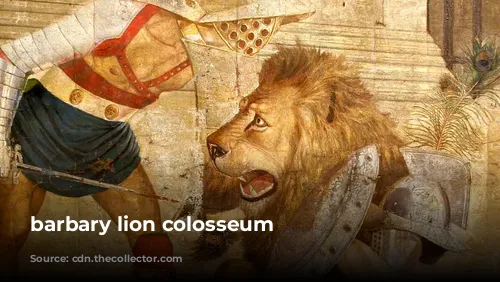
The Order of the Munera
The Munera unfolded in three parts: a prelude where gladiators fought with blunt weapons, a probatio armorum, a test of weapon sharpness, and finally, the actual combat.
Tied matches were rare, as gladiators were expected to fight to a conclusion. The victor was determined by submission, either through disarming or immobilizing their opponent. The vanquished gladiator would acknowledge defeat by lowering their weapons and raising a single finger.
The audience, charged with emotion, would roar their verdict: “Missum” (leave him) or “Iugula” (kill). The editor, the event organizer, had the final say, guided by the audience’s passionate pleas. Thus, the Munera concluded, leaving a lasting impact on the hearts and minds of the spectators, a testament to the enduring power of the gladiatorial games.
